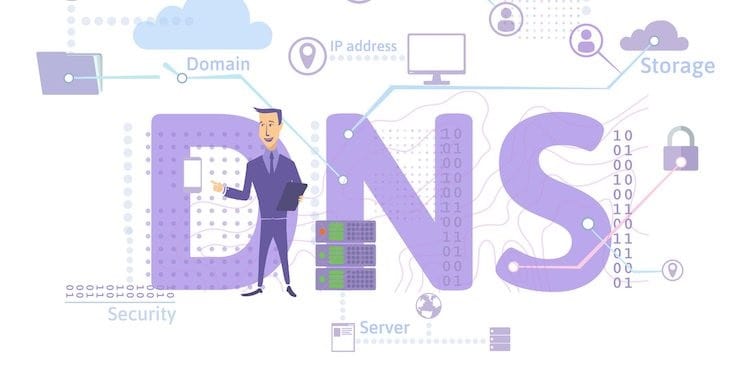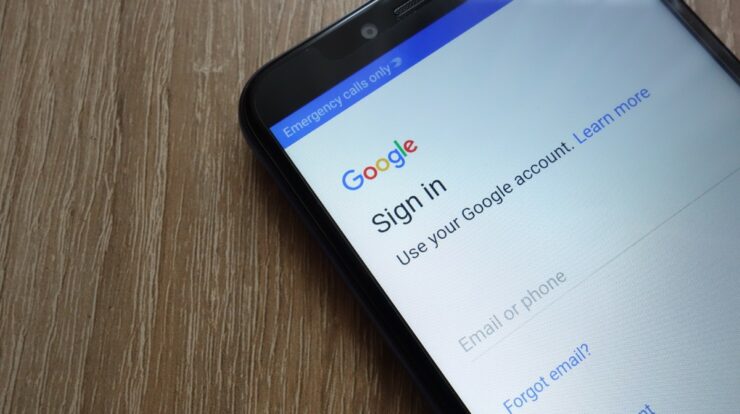
Your visited websites’ domain names are kept on a Domain Name System (DNS) server. Once you type in a domain name in a web browser, your router forwards it to a DNS server, where it is processed. If the domain name is saved, it returns the IP address associated with that site. As a result, such websites will load much faster. There are times when DNS Server Unavailable Windows 10 to make connection even though this process is excellent. DNS server not responding errors are common when troubleshooting a web browser in this situation.
[lwptoc]
DNS Server Unavailable error message could appear on your screen for a variety of reasons. The most obvious of these is that the server may be down at the moment. However, there are usually several simple answers to this problem in the good news.
Fix: Your DNS Server might Be Unavailable 2021
Does it appear that the DNS server is unavailable? Changing browsers, tweaking your firewall settings, or rebooting your network will often resolve these issues in a matter of minutes. After that, it’s up to you to figure out what’s wrong and how to fix it.
Use a different browser for the web pages you’re trying to open at the outset. For example, switch to Microsoft Edge or Google Chrome if you’re currently experiencing the problem using the Mozilla Firefox browser. Alternatively, if the problem persists, we might switch to a different device.
Try opening a web page on a mobile device connected to the same network to rule out hardware malfunctions. Attempting to access the same websites with your data plan would also help determine if the DNS server is to blame.
Restart your router if you’ve tried everything else and nothing works. Even if the “DNS server unavailable” on all devices problem persists, there are a couple more successful approaches that we can try.
Flushing Your DNS (Windows)
Flushing the DNS server with Command Prompt is the best way to eliminate the DNS server not responding problem.
Press the Windows key & the R key simultaneously to open the Run dialogue.
Enter cmd by typing it into the field.
Type ipconfig /flushdns in the Command Prompt window, then hit Enter.
Follow up by typing ipconfig /release and pressing Enter.
At last, type ipconfig /renew & press Enter.
Closeout of the Command Prompt window & reboot your system.
Flushing Your DNS (MacOS)
On a Mac, you can also reset the DNS. Depending on the Mac OS version you’re using, the steps you need to follow will be slightly different. Changes in grammar and syntax are often all that is required.
1. Open a Finder window, then head into Applications, followed by Utilities, & ending in the Terminal.
2. Now, enter in the following syntax about the version of macOS you are currently using:
- macOS High Sierra – sudo killall -HUP mDNSResponder; sleep 2; echo macOS DNS Cache Reset | say
- macOS Sierra – sudo killall -HUP mDNSResponder;say DNS cache has been flushed
- macOS Mojave – sudo killall -HUP mDNSResponder;sleep 2;
- macOS X El Capitan/Yosemite – sudo dscacheutil -flushcache;sudo killall -HUP mDNSResponder;say cache flushed
3. After that, press the Return key, enter your password, then hit the Return key once more.
4. Await the audio alert that indicates a successful DNS flush before exiting the Terminal.
To flush out the MacOS X cache thoroughly, you’ll need to take a few additional steps. First, you’ll need to cleanse both the UDNS and UDNS caches as the last step.
Before exiting from the Terminal, simply perform the following commands:
1. For the MDNS cache, type sudo discoveryutil mdnsflushcache
2. For the UDNS cache, type sudo discoveryutil udnsflushcaches
Remove Multiple Antiviruses
Having numerous antivirus products installed on the same computer may help in the real world, but it might potentially hurt your security in the digital world.
Check to determine if you’re using more than one antivirus product, as this could be causing the DNS problem. Then, restart your computer after you’ve disabled all other software, and the issue should be resolved.
To protect yourself from malicious software, only run one piece of software at a time going forward. It improves security while also decreasing the likelihood of encountering DNS server issues in the future.
Changing DNS Servers
A DNS server change may be in your best interest if all other fixes here have failed and you’re still getting the “DNS server unavailable” error message. Google’s free DNS is one of the most popular options for public DNS providers.
Depending on where you want to update it, this can be done in a matter of seconds. The Windows operating system will be used in all of our examples.
DNS Changes via Router
1. Enter the Default Gateway address into the URL bar of your web browser to access your router.
- Simply open a Command prompt window, then type ipconfig, and press Enter to locate the Default Gateway. Next, pull up your details and copy the numbers next to Default Gateway.
2. Login to the router by using the proper credentials.
3. Locate your internet account info which can often be found in a similarly named tab.
4. Next, navigate to the DNS server and choose the option that best mirrors your used internet protocol (IPv4 or IPv6).
5. Now, enter the address of the DNS server you want to use in place of the current one.
- For example, Google’s DNS server will be 8.8.8.8 in the preferred DNSv4 & 8.8.4.4 in the alternate DNS server. In the case of IPv6, you will want to use 2001:4860:4860::8888 and 2001:4860:4860::8844 respectively.
6. Save the edited info and exit the router interface.
DNS Changes via Windows OS
1. Run (Windows key + R) and type ncpa.cpl into the Run window to get to the network connection properties window. Press the Enter key.
2. Windows 10 can right-click the Windows icon at the bottom left of the desktop screen and pick Network Connections from the menu.
3. Select the current network adaptor. When connecting wirelessly, use WLAN; use LAN and an ethernet cable when connecting directly.
- The left-side panel in Windows 10 is where you’ll find all of your options. Then, from the main window, select Change adapter options after you’ve made your choice.
4. Right-click it and select Properties.
5. Select your IP version (v4 or v6) from the drop-down menu and click the Properties button in the Networking tab.
6. Tap the radial for Use the following DNS server addresses: to enable editing capabilities.
7. Enter the DNS server addresses that you intend to use in this field.
- Be sure to save the addresses of any earlier DNS servers that were not retrieved automatically if you want to use them again later.
8. Finalize the changes by clicking OK.
Test New DNS Server
To test the new DNS servers, go to www.google.com in your browser and see if it works. It is a good sign that the new DNS works successfully if it can be accessed right away. For example, if you don’t already have one of Google’s IP addresses, you can type it into your browser and press Enter.
ALSO SEE: Windows CMD Commands
Keep your eyes peeled for the Google logo and search bar. It is possible that the internet is to blame if this doesn’t work. You can get more help from your internet service provider if this is the case.










